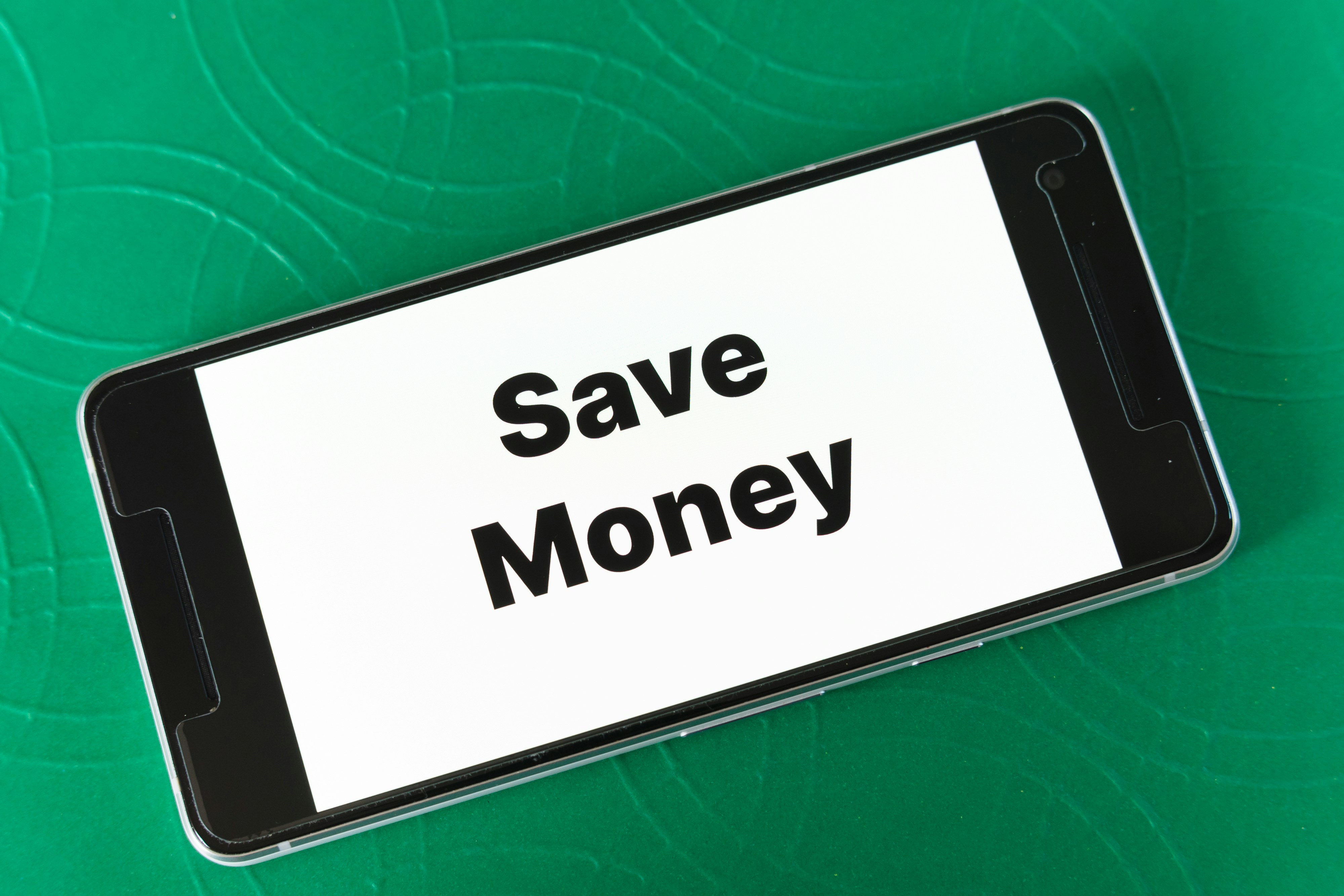Money is an essential part of our lives without proper management, but it can cause stress and anxiety. Creating a personal budget is the first step toward achieving financial freedom. It enables us to have a clear picture of our income, expenses, and savings. In this article, we will explore the steps involved in creating a personal budget and tips on how to stick to it.
Step 1: Determine Your Income
The first step towards creating a personal budget is to determine your income. This includes your salary, bonuses, and any other sources of income. If you have a steady income, it’s relatively easy to determine your monthly income. However, if your income fluctuates, you should calculate your average income over the last few months.
Step 2: List Your Expenses
The next step is to list all your expenses. This includes fixed expenses such as rent/mortgage, utilities, car payments, insurance, and variable expenses such as groceries, dining out, and entertainment. To get an accurate picture of your expenses, you should track your spending for a few months. This will help you identify areas where you can cut back on your expenses.
Step 3: Categorize Your Expenses
Once you have listed all your expenses, it’s time to categorize them. You can categorize your expenses into fixed and variable expenses. Fixed expenses are those that remain the same each month, while variable expenses are those that can fluctuate. Categorizing your expenses will help you identify areas where you can cut back on your spending.
Step 4: Create a Budget Plan
The next step is to create a budget plan. A budget plan is a detailed plan that outlines how much money you have coming in and going out each month. You should allocate a certain amount of money for each category of expenses. This will help you stay on track and avoid overspending.
Step 5: Prioritize Your Expenses
Prioritizing your expenses is an essential step in creating a personal budget. You should prioritize your expenses based on your needs and wants. Needs are things that are necessary for your survival, such as food, shelter, and clothing. Wants are things that you desire but are not essential, such as vacations and luxury items.
Step 6: Set Financial Goals
Setting financial goals is an essential step toward achieving financial freedom. Financial goals can include saving for retirement, paying off debt, or building an emergency fund. When setting financial goals, it’s essential to make them specific, measurable, achievable, relevant, and time-bound (SMART).
Tips for Sticking to Your Budget
Now that you have created a personal budget, it’s essential to stick to it. Here are some tips to help you stay on track:
Use Cash Envelopes: Cash envelopes are an excellent way to manage your variable expenses such as groceries, dining out, and entertainment. You can allocate a certain amount of cash to each envelope and only use that cash for that particular expense.
Avoid Impulse Buying: Impulse buying can quickly derail your budget. To avoid impulse buying, make a list of things you need before going shopping and stick to the list.
Use Budgeting Apps: Budgeting apps can help you track your spending and keep you accountable. There are several budgeting apps available, such as Mint, YNAB, and Personal Capital.
Review Your Budget Regularly: It’s essential to review your budget regularly and make adjustments as needed. This will help you stay on track and make sure you are reaching your financial goals.
Creating a personal budget is the first step toward achieving financial freedom. It enables us to have a clear picture of our income, expenses, and savings. By following






















